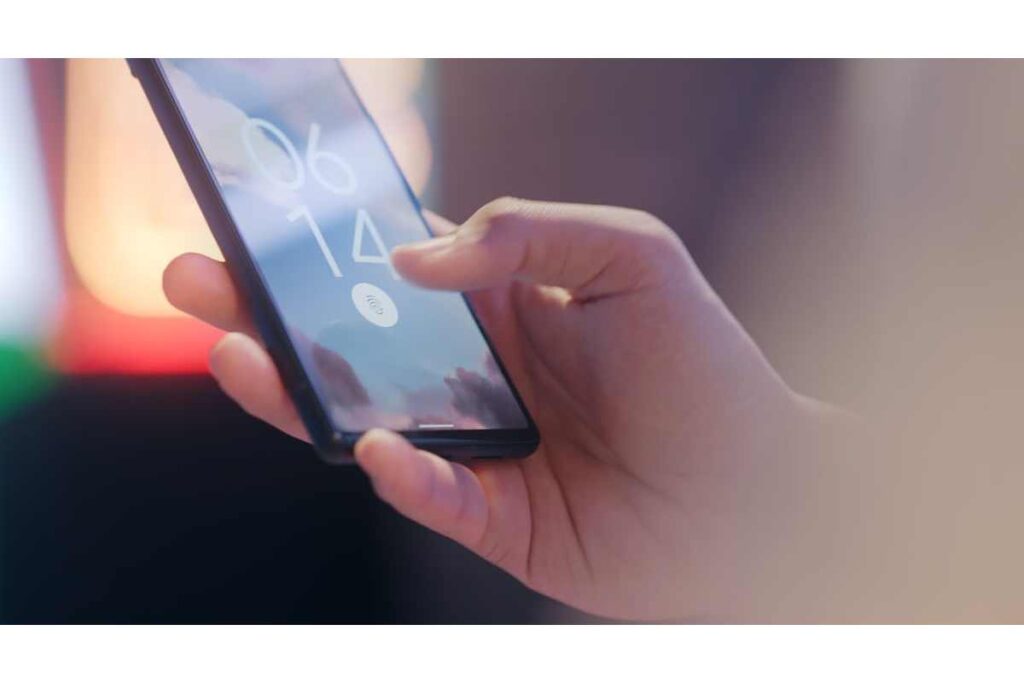Social apps hold a treasure trove of personal info, photos, chats, and even location data. Users trust these apps with sensitive details, but hackers keep finding cracks.
A recent breach exposed 16 billion accounts across platforms like Google and Facebook, showing how fragile digital walls can be.
Multi-factor authentication (MFA) is stepping up as a must-have shield. It’s not just tech jargon, but a simple way to lock the door tighter. As social platforms grow, so do risks, making MFA a non-negotiable part of keeping users safe.
This guide explores why MFA matters and how it’s changing the game for app security.
Understanding MFA: A Simple Yet Robust Security Layer
MFA is like a double lock on an account. It uses something that users know, like a password, plus something that users have, like a phone, and an identity, like a fingerprint. A 2024 report reveals that 94 percent of data breaches could have been avoided if MFA were enabled.
It stops tricks like phishing, where hackers steal passwords, or SIM swaps, where they hijack the user’s number. Even brute-force attacks, guessing passwords, hit a wall with MFA. The MFA process is simple, as it mostly consists of a quick text code or face scan.
Users log in normally, and according to their opted choice, are asked to verify their login attempt. This is usually through an OTP or an authentication request sent to a different device.
Platforms like Instagram and Twitter bowled it out fast because it the whole thing without fuss. However, many small and medium trades are slow to adopt this tech. MFA’s strength lies in its simplicity, making it a go-to for keeping accounts safe from threats.
Why MFA Matters for Social Applications
Social apps are money-spinners for hackers, packed with profiles, private messages, and location trails. A 2024 Statista study found that 44 percent of social media scams were related to online shopping fraud. This means that banking information is also at risk. Without MFA, one stolen password can unlock it all.
Weak security also opens doors to psychological harm, like bullying or scams. MFA shrinks these risks by adding layers that hackers can’t crack easily. Platforms like TikTok use MFA to protect creators’ accounts, keeping their content safe.
Developers should embed security into the app experience from the start, rather than patching it afterward. Users expect safety without hassle, and MFA delivers. It’s not just about data, but about trust, ensuring they feel secure sharing their lives online.
MFA’s Role in Social Media Access and Overuse
MFA keeps social app accounts safe from hackers by adding the security level of limiting access before authentication. This added ‘friction’ also has another minor benefit.
Frequent logins on social media apps are usually due to compulsive scrolling. This social media addiction in users has been linked to depression and anxiety, giving rise to legal action against the platforms.
According to TruLaw social media attorneys, social media lawsuits empower users against big platforms. Those who have documented mental health issues from excessive social media use can seek help.
MFA cuts that risk to some extent by securing admission. It plays its part in reducing recurrent addictive rings, serving break the cycle of overuse.
However, the broader issue concerning how social media apps are addictive by design needs further efforts. Courts are eyeing how apps handle user safety, suggesting inting at stricter rules ahead. Stages need to step up, ensuring security matches their massive reach to keep users out of harm’s way.
UX vs. Security: Striking the Right Balance
MFA can’t slow down a social app’s fun vibe. Push notifications or face scans make logging in quick yet safe. A 2024 study found that 28 percent of users prefer biometric MFA. Snapchat nails this with fast fingerprint logins, keeping security tight without annoying users.
Twitter’s text-code option is simple, blending into the app’s flow. Clunky MFA, like long codes or extra apps, can be a turn-off for many users. Developers need to design security that feels invisible but works hard.
Good UX means users don’t notice the lock, but just feel safe. Platforms that get this right build loyalty, as they stick with apps that guard their data without making life harder.
What the Future Holds for MFA in Social Media
MFA’s future looks sleek and smart. Passwordless logins, using just the user’s phone or face, are gaining traction. The Passwordless authentication market is growing at 17 percent annually, including iris or face authentication.
Behavioral authentication, like spotting a user’s typing style, could add invisible layers. Decentralized IDs using blockchain might let them control their data, cutting platform risks.
MFA will adapt to the user’s habits, tightening up when threats rise. Security will blend into the background, keeping them safe without a hitch. Social apps that embrace these trends will lead, structure trust in a world where data’s always at stake.

